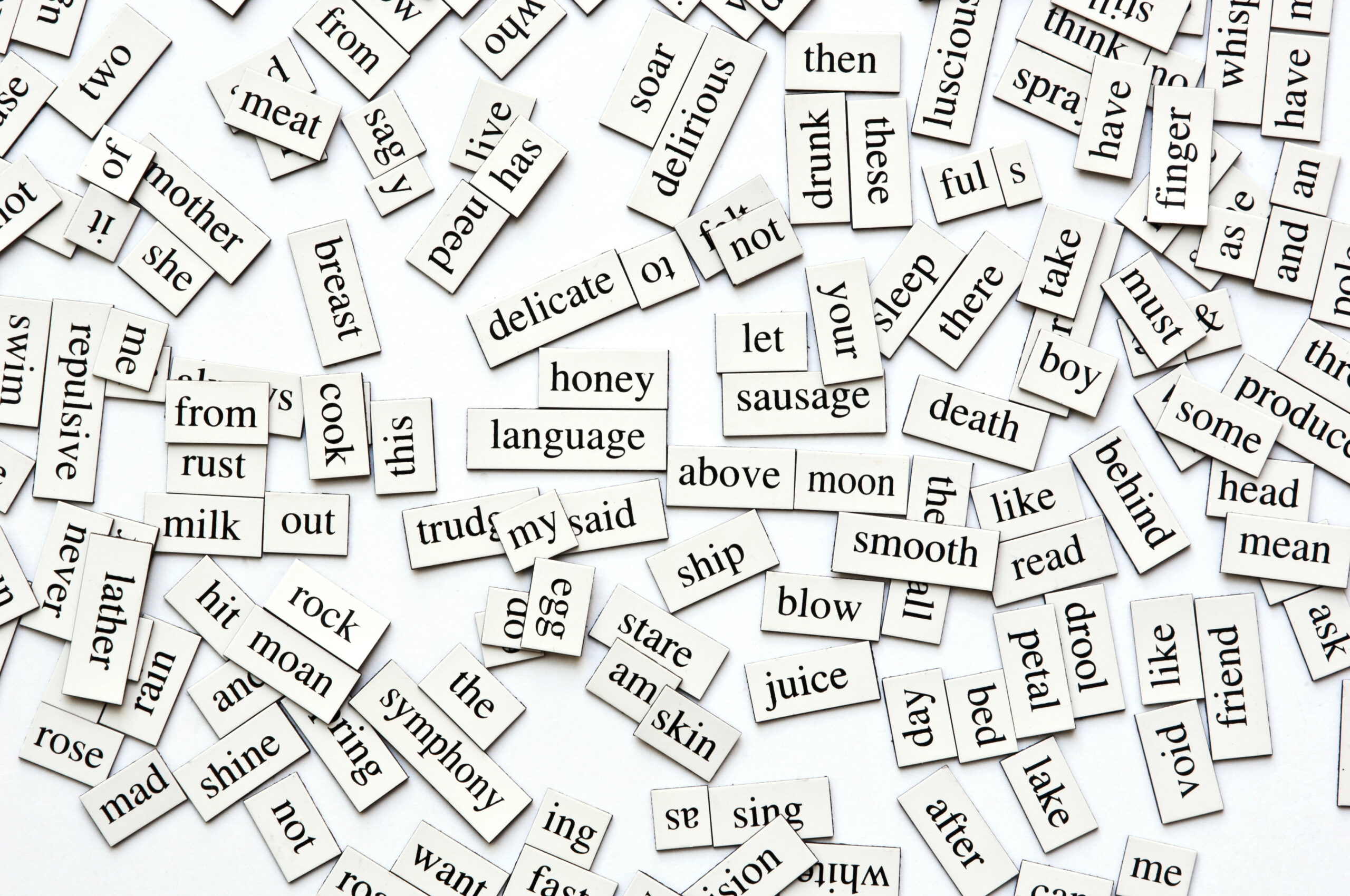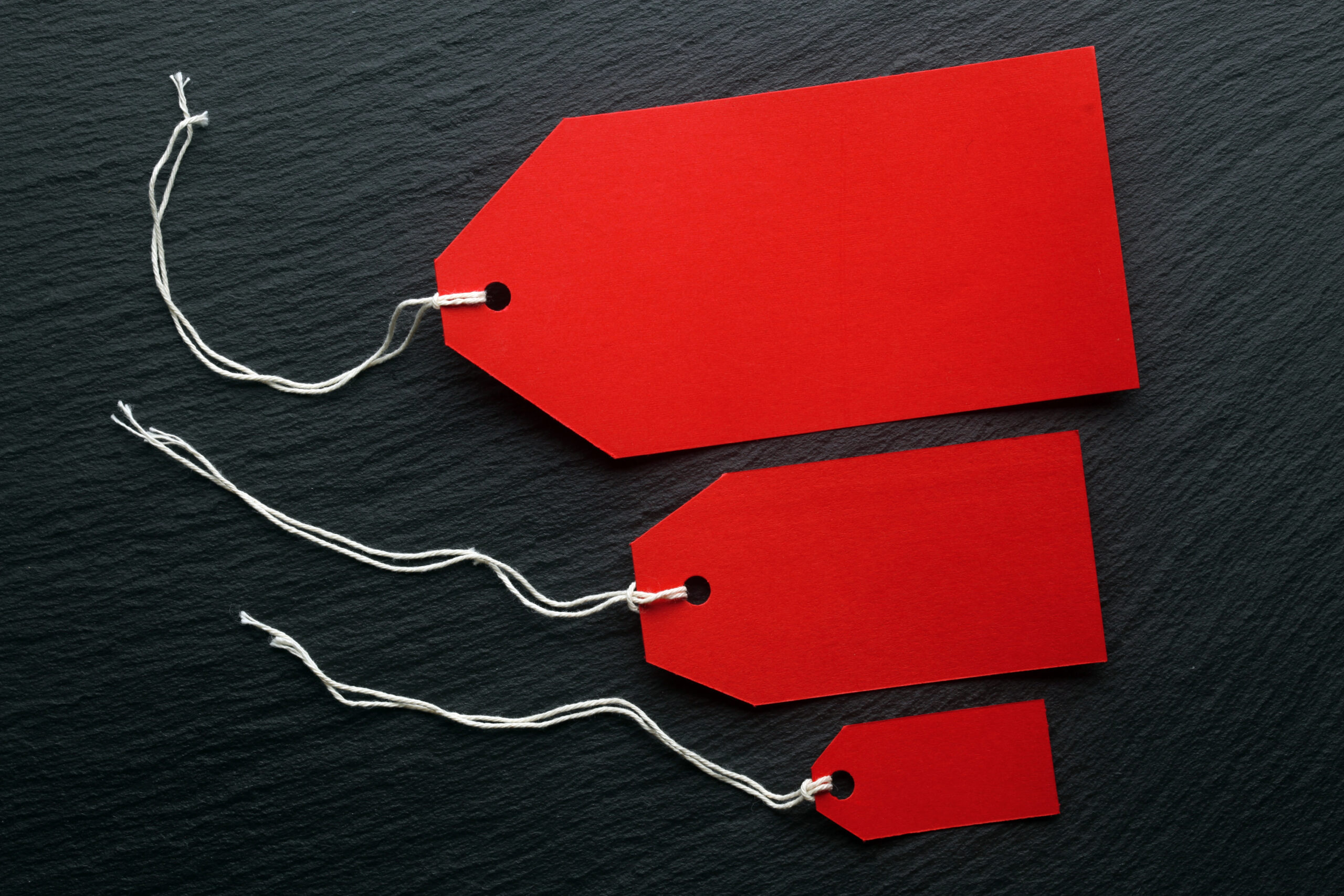Okay, you’ve written an article, or a website, or a book. You’ve worked really hard on the headlines, and everything else, to make it as powerful and helpful as possible.
And yet, when you show it to a prospective client, they glance at it, and say “Okay… I’ll take a look at it later.” And they never do.
Is something wrong with your headline? Or maybe it was your hairdo?
A little piece of yellow candy.
I’m sitting at one of those round hotel tables draped in white. There’s someone speaking at the front of the room, but I’m not listening.
I’m staring at the little bowl of candy the hotel has put out. Hard cubes of bright colors, wrapped in cellophane. Purple, red, green, yellow. The bright colors, the shapes, they’ve got my attention, and, for a few moments, I’m not listening to the words.
Instead, I’m salivating slightly, imagining the tart lemony taste of the yellow candy.
Reading is about more than words.
As much as we sometimes like to retreat into our minds, every moment is a full-body experience. A perceptive author can engage all of your senses with words, a la the tart lemony reference above.
However, instead of cubed, colored sugar, you can use something else.
Use eye-candy.
Pick up any popular magazine. What’s going on? Colors, big headlines, artful use of photos and graphics, engaging layout design.
Eye-candy. It’s meant to help you engage with the writing. The best magazines don’t overdo the design, but make your eye -want- to look at the words and read the article. Whether the writing is worth it… well, you can be your own judge.
What you do know is that YOUR writing IS worth it. If your readers will just read your book, your downloadable pdf article, your handout, then they can get amazing benefits (and you might end up with more business.)
But isn’t that kind of hypey and glitzy?
It’s not about hype and glitz, it’s about beauty and care. Look at any building that’s been around for awhile. I was born near Washington, D.C. and I was in awe of the government buildings and the Smithsonian Institute in the capitol.
And then I went to Europe, and saw palaces and gothic churches hundreds of years old. And every square inch of those buildings had care, decoration, and love put into them. There wasn’t anywhere in those buildings you could go that didn’t show some craftsmanship and art.
In the age of Wal-Mart, we’ve become used to assembly-line blandness. Putting eye-candy in is actually a form of craftsmanship. Putting time, care and attention into the experience of your reader.
It also has to do with learning styles. In a novel, we’re pulled into and engaged with the story. But with non-fiction, there is learning going on. Learning requires integration, and it also requires honoring different learning styles.
Eye-candy let’s a reader bounce around, without having to put it down completely. They can take time to integrate what they’ve just read, or engage their other senses. More relaxing, enjoyable, and useful.
Time to go to the magazine rack
Well, take the best from the best. If you have an article, or a book, that you are wanting to give to people, then you want to introduce some eye-candy to help it get read.
Go pick up your favorite non-fiction book from the best-seller’s list. Go to the newstand and buy 3-4 magazines that you like.
And study them. Study how they combine pictures and words. How they use text. Notice what you like and what you don’t.
But what if you know nothing about doing fancy design?
You don’t have to do the full-color extravaganza of O Magazine. There are some relatively simple things you can do to introduce good eye-candy, even in black and white.
Keys to Eye Candy
• Stylin’
If you’ve written anything longer than a 3-page article, your probably have different types of information. You might have defintions, case studies or examples, exercises, action steps, quotes, side notes, and, of course, the main text.
Develop a style for each one of these, so that they all look different. For instance, make defintions bold, with a line above and below, so they stand out. Make your case studies so they have a headline, and different margines and font size. Put action steps or side notes in a gray box.
These kinds of different styles make it easier for the eye to follow. Speaking of which…
• Width or width-out?
Look at any 8.5 x 11 or A4-size page, and a line that goes across with standard margins. Do you notice how many glances your eye has to make to travel all the way across from one side to the other?
This is more tiring than you might think. If you can increase the margins, and decrease the line length, it’s going to make it *much* easier for your readers.
You can do this by creating an extra-wide outside margin, or you can create two columns. You can also make use of an extra-wide margin by dropping in occasional quotes, or side-notes to emphasize points in the text.
• White space.
Our go-go-go culture has gotten us accustomed to filling every moment. And every nook and cranny. Don’t do this. 🙂
Your readers need white space so that there is room for them on the page, too, and not just your words. Space at the margins. Space at the top and the bottom. Space at the gutter (the margin the touches the spine of the book). Space around boxes.
While it’s true you can overdo space, pretend for a moment that you can’t. And as you put spaciousness in your layout, notice the deeper breath you are able to take as you read.
So go for it- get some magazines, and a best-selling book or two, and incorporate these suggestions into your layout. Even making just a couple of stylistic changes is going to make a big difference to your readers.
And, you may find them coming back for more.
What do you notice is going on visually about what you like to read, and what you don’t?






